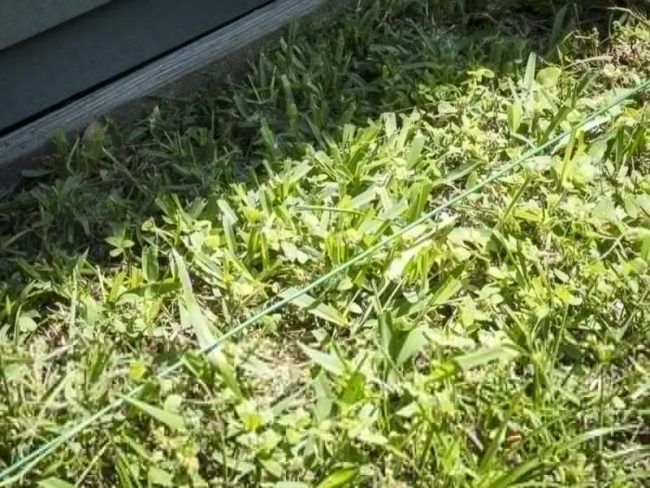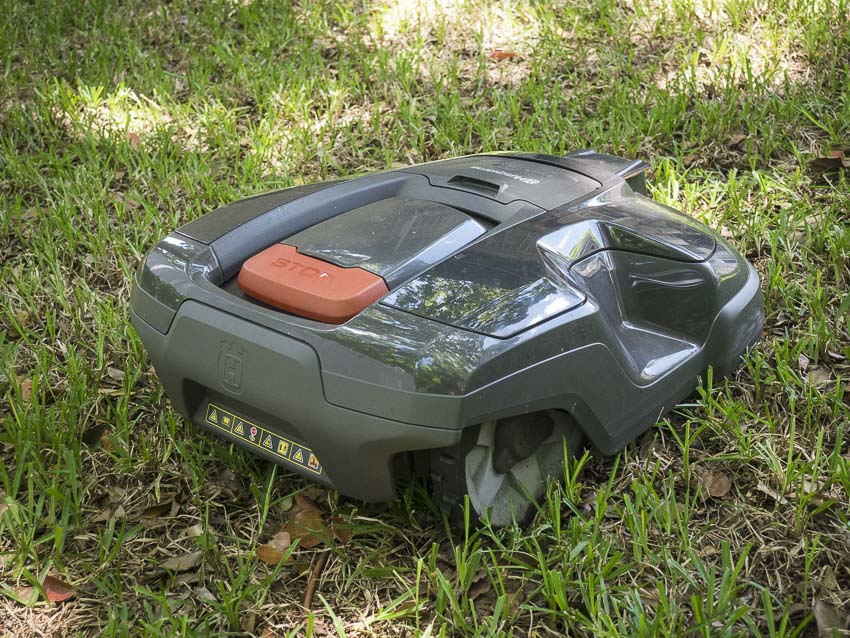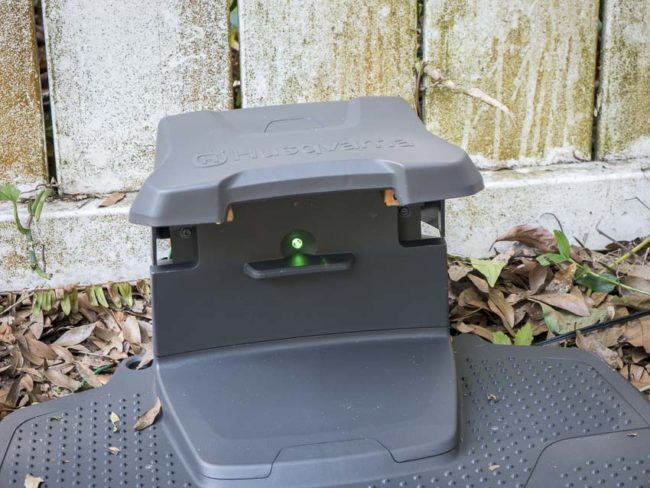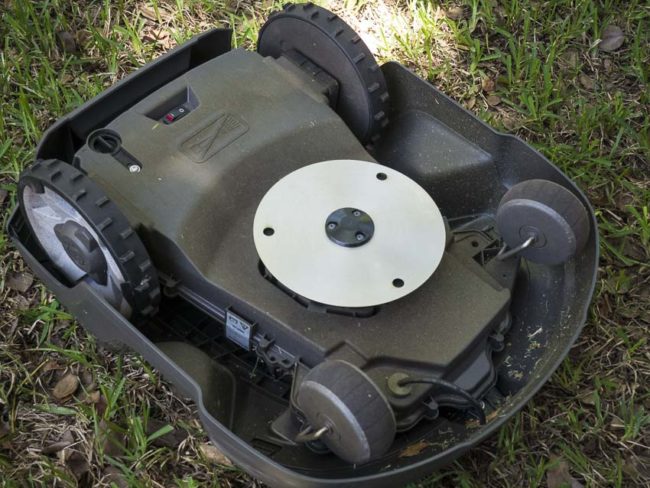If there’s one misunderstanding I’ve encountered again and again with respect to robotic lawnmowers, it’s how they cut. The questions aren’t necessarily about the quality of cut, but rather the coverage. Most people ask: “Will it get all parts of my lawn?”. How robotic lawnmowers work is very different than the way you traditionally think about mowing your lawn.
So, yes, the mower will get all parts of your lawn and cut every blade of grass…eventually.
The “Always Cut” Lawn
The first real advantage to how robotic lawnmowers work centers around how and when they cut grass. They basically mow every day—unless you schedule otherwise. They don’t map out your lawn and systematically cut the grass in a back and forth pattern. Rather, they execute a randomized pattern within the boundaries of their territory. This territory typically gets marked off by underground or at-ground wire. But they mow EVERY DAY. If that mower doesn’t get a spot on Tuesday, it will likely hit it Wednesday. Eventually, it gets to a point where it just maintains that perfect cut.

Plus, since it mows every day, any “missed” spots aren’t standing very tall. Those areas probably got cut a day or two before. Rather, your ENTIRE LAWN stays perfectly manicured. All the time. I call this the “always cut” lawn. The concept is foreign to most people, who often think of Saturday or Sunday as mowing day. With a robotic mower, your lawn simply stays cut. Every day. Compare that to your current grow-then-cut process.
Charging Automatically
With Lithium-ion batteries, charging and recharging are far less of an issue than ever before. That means that you don’t have to fully drain down a battery before you top it off. Still, most mowers will run as long as possible until hitting a cycle where they have to get back to the charging station. How these robotic mowers find the charging base varies, but most use the same general tactics:
- They triangulate using electrical signals from the active perimeter wire
- Pinging of the base station helps guide the mower back home
- They utilize a “guide wire” to track back to the charging station
- They ride an outer perimeter wire back to the base station
GPS is more commonly being utilized in more advanced robotic mowers, but isn’t required for docking. Rather, GPS lets you do more advanced things like track the mower if it somehow “leaves” the site. In the future, GPS may play a more active role in commercial robotic mowers when it comes to defining cutting areas or cordoning off spaces.
How Robotic Lawnmowers Work — Cut Quality
Cut quality is actually quite good with most robotic lawnmowers, although blades differ from model to model. The Husqvarna Automower, for example, uses short centrifugal blades that are easily replaced every 4 months or so. The RoboMow and Stihl models use actual blades that get replaced or sharpened when dull.
The type of grass you mow also determines what type of blade or system you may prefer. In the South, a heavy dose of Bahia grass and sand dull traditional blades much more quickly than northern or softer grasses. In these locations, centrifugal blades tend to do very well as they are inexpensive and easily replaced. If sharpening blades makes for a good time in your home, then more traditional blade types should work well.
So, while, the blades on these robotic mowers look different, the fact that they are constantly “topping off” your grass makes for a different application. They don’t need to work nearly as hard to cut. In fact, when you set up a robotic mower, most instructions include cutting tall grass with a traditional mower first.
What’s Next?
Robotic mowers have come a long way. How robotic mowers work now hasn’t changed much since they were first introduced. That seems to be back in 1969 with the MowBot. This lead acid battery-powered mower was gigantic compared to today’s products. Still, it impressed and paved the way for today’s computerized models. Even more impressive, the price was just $795. That’s around $5,343 in today’s dollars.
Next, robotic lawn mowers can expect to experience price drops and additional innovation. GPS and smart app functionality already graces some top models. For consumers, prices should drop and more features will appear.
Commercial robotic mowers tailored to the Pro landscaper present the greatest potential for innovation. As labor becomes harder to acquire and keep, how robotic lawnmowers work to enable cutting of remote and difficult locations can solve many problems. This can lead to better job safety, but it can also automate the cutting of remote areas. Think of the difficulty unmanaged property and larger city-centered roundabouts and parks present for lawn care professionals.
How Much are Robotic Mowers?
Pricing on robotic lawn mowers varies, but we’ve been amazed to see them drop down to as low as $999 (the Worx Landroid comes to mind). The median consumer-level product seems to come in around $2500. before installation. Higher-end models that do an acre or more of land on a single charge can run upwards of $3,500. Commercial models will be much higher, but are designed for more robust applications.
Conclusion
I hope this helps you understand more about how robotic lawnmowers work. If you have the money, that “always cut” lawn can be a really nice feature. It beats the nice-on Sunday / shaggy on Thursday cycle that seems to be the “norm” for most consumers. As prices come down and people educate themselves more, we think robotic mowers are going to really take off.




